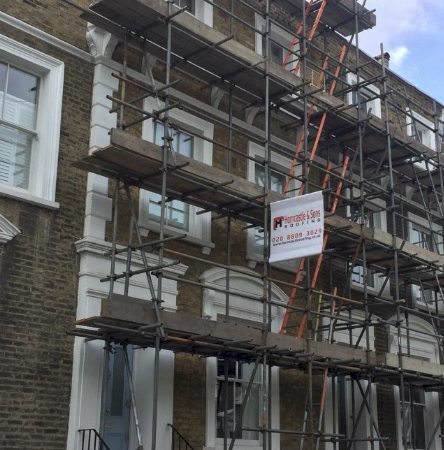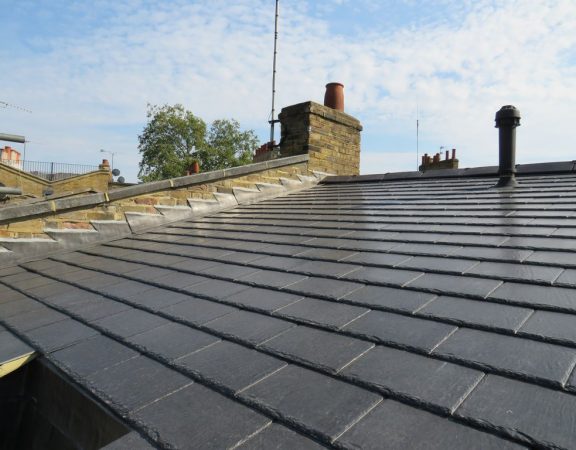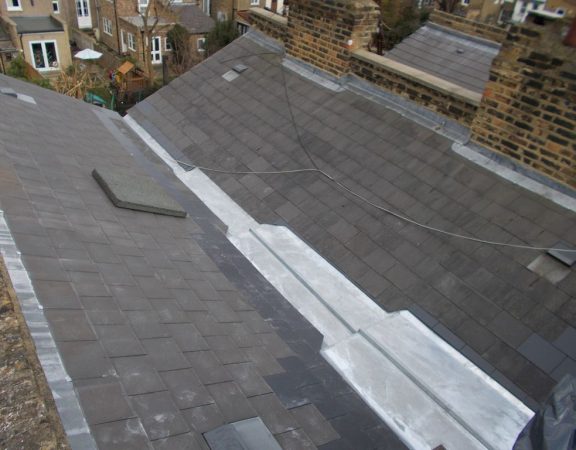Lead Flashings
Roof flashing is one of the most critical parts of your roof. Flashings are installed to seal the joins of your roof and places that tend to receive a lot of water. Without flashing a roof would almost certainly develop leaks and cause internal water ingress.
Flashings can seem to be straightforward to install, but if they are incorrectly installed, they can lead to major problems and water ingress. Not only does the installation of flashings reduce the risk of leaks in the home, it also prevents moisture related problems from occurring, such as damage to the roof structure and the development of mould or damp.
There are various types of flashings used to waterproof the cavities between the roof coverings and brickwork which will be recommended by a reputable contractor.
The main types of flashing that are recommended for roof projects are lead step and cover flashings.
Cover flashings
Cover flashing is the most common type of flashing used for roofing projects, mainly due to its versatility. Cover flashings can be installed to the front and rear of chimneys and parapet on both flat and pitched roofs.
Step Flashing
Step flashings are most commonly used to weather the junction between the roof covering, and the brickwork, the top, stepped section of the flashing is returned into the brickwork chase and is pointed upon completion. The depth of the brick chase and the angle the lead is cut an installed in an important factor in keeping the area watertight. The ‘step’ refers to the pattern created in the lead by a series of cuts that allows the lead to be installed into the courses between the bricks that resemble the steps of a staircase.






